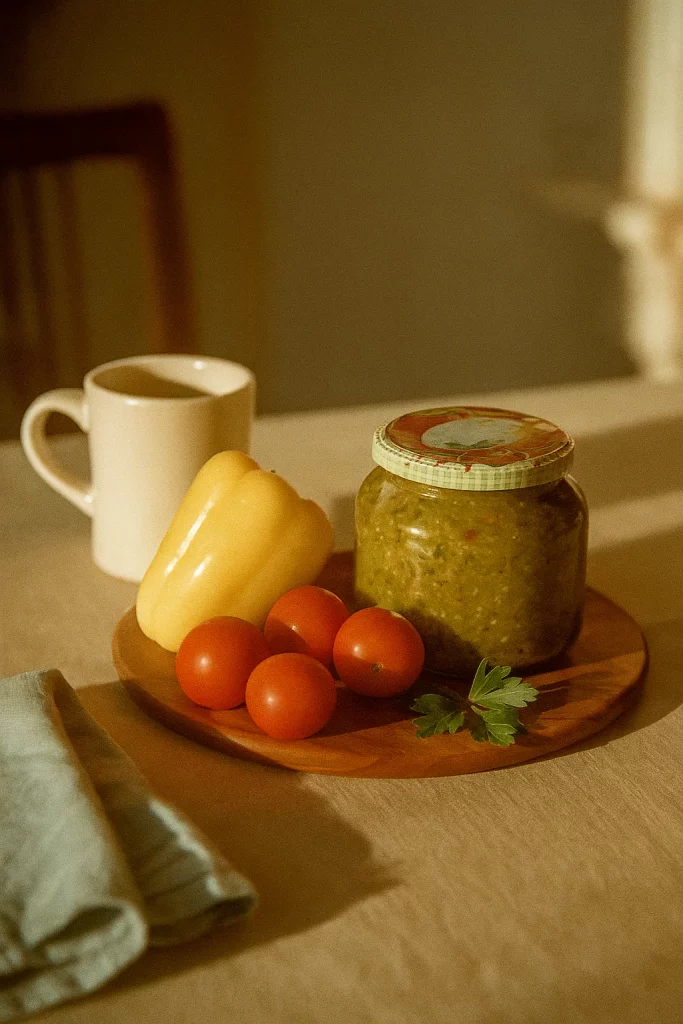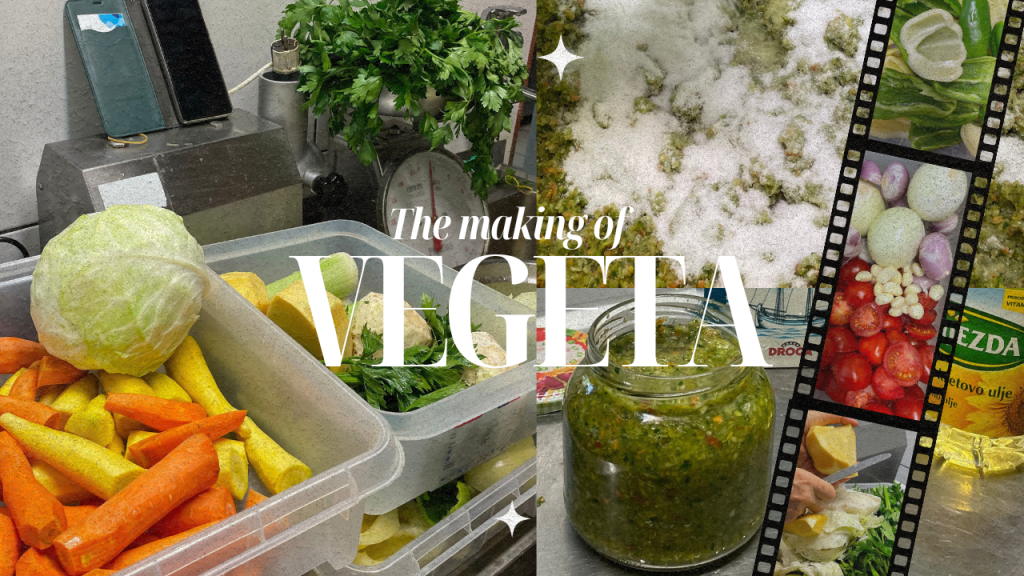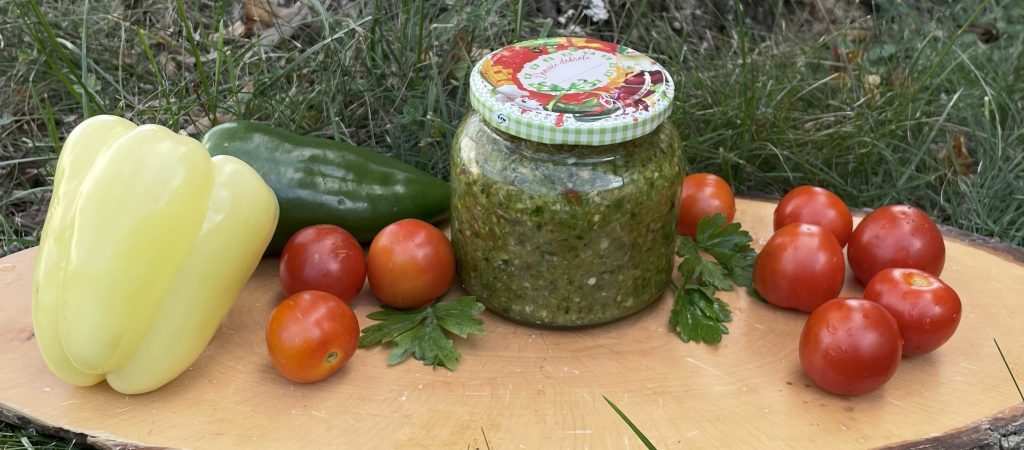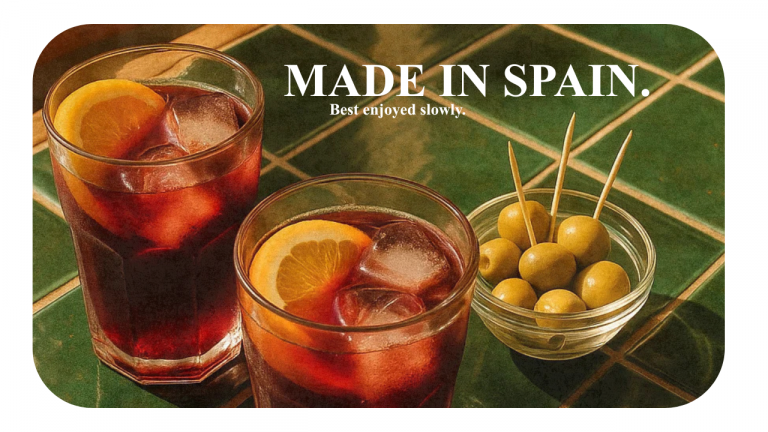Every culture has its own magical powders and spices that taste homey. 🌶️ In Spain, it’s saffron and smoked paprika; in India, garam masala; in Mexico, chili peppers. For me, it’s Vegeta. 🌿

My mom and grandparents use it as if it were salt and pepper, sprinkling it on almost everything they cook—soups, stews, roasted vegetables. It was always there on our kitchen shelf, a quiet but essential presence in every meal.
Vegeta was created in 1959, in the former Yugoslavia, now Croatia, by scientist Zlata Bartl. Today, Vegeta is particularly popular in Eastern Europe and is considered a staple for many Balkan cuisines.
What is Vegeta?
- Salt (the main ingredient)
- Dehydrated vegetables (carrots, parsnips, onions, celery, parsley, etc.)
- Spices
- Sometimes flavor enhancers like monosodium glutamate (MSG) in certain versions
Health considerations:
When it comes to seasoning, it’s worth keeping an eye on what’s inside. High salt content, for instance, can contribute to high blood pressure and other heart-related issues if consumed in excess.
Then there’s MSG (monosodium glutamate – flavor enhancer), which has gotten a bit of a bad rap over the years. The good news? Scientific studies show it’s safe for most people in normal amounts, though a small number may experience mild reactions like headaches or flushing.
Lastly, many pre-made spice blends contain additives, such as preservatives or anti-caking agents, which help powders stay free-flowing even in humid conditions. Some people choose to avoid these ingredients and stick to simpler, more natural mixes.
In conclusion:
Vegeta is in no way “toxic” or dangerous – it’s basically flavored salt. It’s not unhealthy when used in moderation, but it shouldn’t fully replace fresh herbs and vegetables in your cooking. If you’re concerned about additives, you can even make a homemade version with dried vegetables, herbs, and salt. That’s exactly why we love making it ourselves. It lets us control exactly what goes in.
How to make it at home
To achieve the classic Vegeta consistency, just like the store-bought version, the vegetables must be completely dry. A dehydrator works best, but if you don’t have one, the oven will do just fine.
- Slice vegetables thinly—the thinner, the faster they dry.
- In a dehydrator: place juicy veggies (tomatoes, peppers) on lower trays, root vegetables in the middle, and herbs on top. Dry at 70 °C for 10–12 hours, rotating trays if needed.
- No dehydrator? Use an oven for vegetables and air-dry the herbs.
- Once fully dry, grind the dried vegetables and herbs with salt into a fine powder.

My grandma makes a special paste that lets you blend fresh vegetables straight into the mix. First, she cleans and slices everything into small pieces. “Then she processes them in a blender until smooth.
Next comes the salt—she uses about one part salt for every three parts vegetables. For instance, if she has 3 kg of vegetables, she adds 1 kg of salt. After stirring it all together, she covers the container with a cloth and lets it rest for 24 hours, letting the flavors meld.
Finally, she scoops the paste into glass jars and drizzles a tablespoon of oil on top before sealing them.

📝 Today’s note: Whether you buy Vegeta from the store or make it yourself at home, it reminds us that the simplest ingredients can bring the most flavor. There’s something special about having a seasoning that tastes like home.


